|
Advertisement
|
Spinca
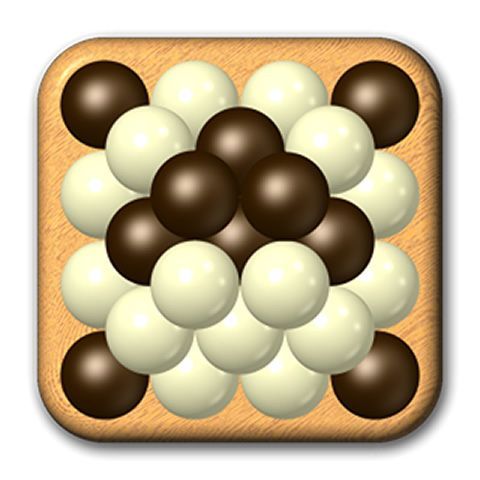
DescriptionSpinca is a game that embraces the Shibumi ideal that less is more. It is a 2 or 3-player game and can be played with a Series: Shibumi set. The winning conditions vary slightly for the 2 and 3-player games; however, the game play is the same for both versions. Naturally, team play is also possible. At game’s end, a pyramid of 29 marbles is created, which resembles an Inca temple. The peak level is not used. The board starts empty. Players choose a color and take the corresponding marbles. Player turns proceed clockwise. Herein, the order is assumed to be White, Black, and possibly Red. Starting with White, using the phase order below: A free marble is any marble that does not support two or more marbles in the level above it, and will not cause to move any marble that was moved or placed on the previous player’s turn. This includes tumble-downs. And, 2. A player must place one of his or her marbles on any empty space or 2x2 platform on the board. This completes the player’s turn.When the Inca temple is completed, each player sums the sizes of the smallest of his or her connected groups on each of the four faces of the pyramid. Each of the four faces will yield only one number. For example, if on one face of the temple, a player had group sizes of 1, 1 and 3, the player would only score 1 for that face. The marbles on the pyramid’s rising edges are considered part of both of the adjacent faces making them strategically important because they are potentially counted twice!. However, an isolated edge marble can ruin a player’s score. For a 2-player or 4-player game, the player or team with the highest sum wins. If there is a tie, remove the outer faces to reveal the inner pyramid. The player or team with the most marbles in the inner pyramid wins the game.For a 3-player game, the player with the highest sum wins. If there is a two-way tie, the player with the lowest sum wins. If there is a three way tie, remove the outer faces to reveal the inner pyramid. Players score the inner pyramid by counting all their visible marbles once each. The player with the highest inner total wins. If there is a two-way tie for the inner totals, the player with the lowest total wins. Game DiscussionsAdd CommentYou need to be logged in to comment. Insert Bullet List Please enter at least one item. Item: Item: Item: Item: Item: Insert Numeric List Please enter at least one item. Item: Item: Item: Item: Item: Insert Link Please enter the link of the website Optionally you can add display text Insert Email Please enter the email address Optionally add any display text Insert Image Please enter the link of the image Insert YouTube Video Please enter the link of the video MarketplaceNo listings at the moment. Do you own this game? Click here to list it for sale.
|
Best Sellers
Board Games
|
||||
Latest Searches: Harry Potter monoplu | tapestry | settlers of qatan | crimes+against | Raiders of the lost ark | World of Warcraft: The Boardgame – The Burning Crusade | toilet | Glasses | Monopoly Taylor Swift | Sequence state and capital | googlie+eyes | taylor sweift monopoly | pirate billiard | tiping | new jersey | all+the+Monopoly+board+games | splendor days of wonder | Gilmore girls | Cicero Opoly | taxes | one night bonus pack 2 | jackpot rummy | dead winter | Tentacle Bento | Awithlaknannai | Masmorra monster dice set | ubongo duel | Harry potter stratego | BeyBlade si | mandarin board game
All Rights Reserved


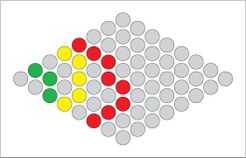


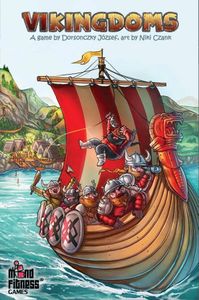
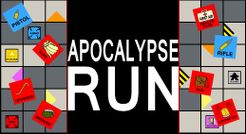
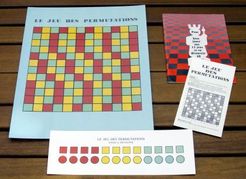

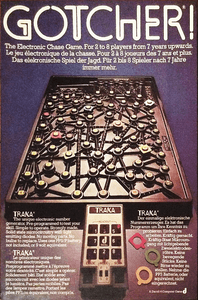

Comments (0)